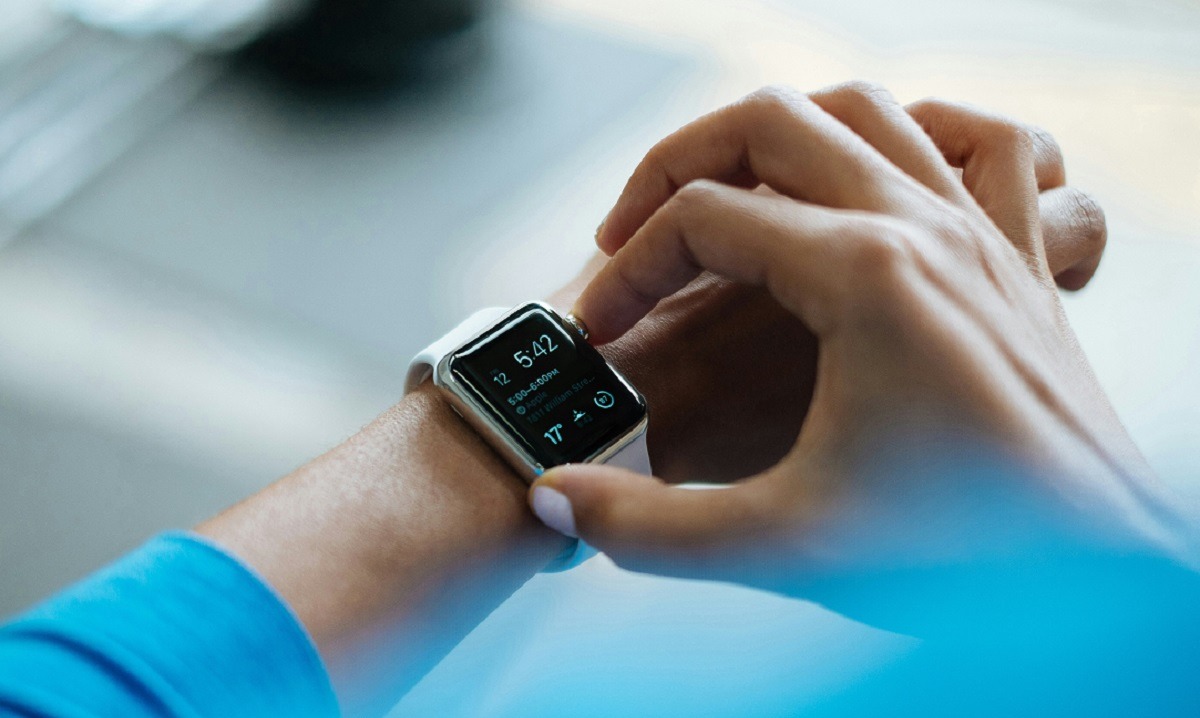How we’re helping the UK take back control of time
10/05/2024

Our lives run on the supply of an invisible utility: accurate time. Starting with the morning alarm on our smartphone, it’s the basis of the everyday information we rely on for travel schedules, journey updates and location information, where a lack of synchronisation leads to disruption and a steady accumulation of problems. And it’s there in the background, an integral element in the running of the UK’s national infrastructure: communications, energy, banking and emergency services. That time information has to come from somewhere — and it has to be right.
Guaranteed time information is crucial
The government’s Blackett review, Satellite-derived Time and Position: A Study of Critical Dependencies (2018), set out the problems now being faced. The UK, like much of the world, relies on open services for time information: a network of satellites known as the global navigation satellite systems (GNSS). These services are known to be vulnerable in many ways. There are regular GNSS failures because of signals being jammed (intentionally and unintentionally) and spoofed; when there are satellite and receiver system errors, cybersecurity issues, and when there’s the wrong kind of solar weather. Mountains, buildings and trees have been found to degrade or affect the quality of GNSS signals.
The standard engineering solution for obtaining time information, embedded everywhere, GNSS is estimated to directly support 13.4% of the UK economy. Outages in terms of time information contribute to a cost of more than £1 billion a day. Creating a resilient system independent of GNSS for sharing reliable time information is critical for now — and even more so for the future. None of the expected and planned innovations around 5G and 6G, such as smart cities and autonomous transport, the Internet of Things and virtual healthcare, can happen without guarantees of time information.
The UK is ahead of the rest of Europe in its emphasis on time information: including the creation of the national Position, Navigation and Timing (PNT) Office and a ten-point resilient PNT framework to drive PNT policy, coordination, and delivery.
Building resilience and future capabilities
Cranfield is contributing to the research and development of a new, nationally distributed time infrastructure, that will provide the UK with its own sovereign capability to disseminate time data — establishing a basis of independence, resilience and trust (through traceability of information). We are one of three UK institutions hosting national Research and Innovation Timing Nodes (alongside Strathclyde and Surrey universities) with an atomic clock synchronised to the UK national time scale presented by the National Physical Laboratory (NPL), Coordinated Universal Time (UTC).
We’re working on the research project led by iQuila, with Quantum Dice as part of the National Timing Centre programme. Cranfield’s particular role has been in developing and refining the process for sending time information from the Timing Node wirelessly, and to end users who are either static or on the move. This involves making sure the information from the Node can be merged with other sources of time on-board, whatever the user platform might be (on the ground, or in the air); and critically, ensuring the time information available to the user is traceable, so the source of the information is known and guaranteed.
On 18 March 2024 we completed a demonstration of a software-defined network for disseminating time in a scalable and assured way, underpinned by a quantum security mechanism. The use of a software-defined network makes the proposed time dissemination solution faster and more flexible in terms of the physical connectivity and network functionality. In this way, there is a basis for the biggest, complex multiple systems operations, on the ground or aerial, such as dealing with fleets of autonomous vehicles in the air and on the ground. The demonstration confirmed that the proposed time infrastructure delivers the necessary standards of performance and resilience of the system in the absence of any supporting GNSS information.
Now we’re working on enhancements of the system, carrying out research into how levels of accuracy can be improved still further through other dissemination channels. The demonstrator system at the University has already attracted interest from the end users of the technology, OEM and regulatory authorities.
Categories & Tags:
Leave a comment on this post:
You might also like…
Automotive Engineering: From student to hypercar innovation at Rimac
We sat down with recent graduate Thomas Perrin, to discuss how his year on the MSc in Automotive Engineering at Cranfield University propelled him from the lecture hall directly into the ...
What this year at Cranfield really meant to me
Every Cranfield journey is unique. In this alumni reflection, Zachea Scicluna shares what her year at Cranfield truly meant, from facing uncertainty to gaining hands-on experience in industry-backed projects. I’ve been reflecting (and delaying) ...
Preparing for assignments and exams?
Sorry! We know it seems a bit mean to mention the exams in January rather than looking forward to the break before it! However, we know many of you will be thinking about your forthcoming ...
Screening for FTSE 100 companies on Bloomberg
So you’re researching an index and need some data on its constituent companies? Bloomberg’s Equity Screening tool makes light work of this, not just for the FTSE, but for indices, exchanges and sectors worldwide. Type EQS ...
Accelerating my future: How Cranfield put me on the fast track to automotive safety innovation
Hello! I’m Michaela Kaiser, and I’m thrilled to share my journey studying abroad. I’m from Calgary, Canada, and I recently graduated from Cranfield’s MSc Automotive Engineering course. My path to Cranfield ...
From Myanmar to Cranfield: My path to Renewable Energy
As someone who is passionate about sustainability, my career goal is to build a path in the renewable energy sector. My aspirations comes from the benefits of developing sustainable energy sources and ensuring energy ...







